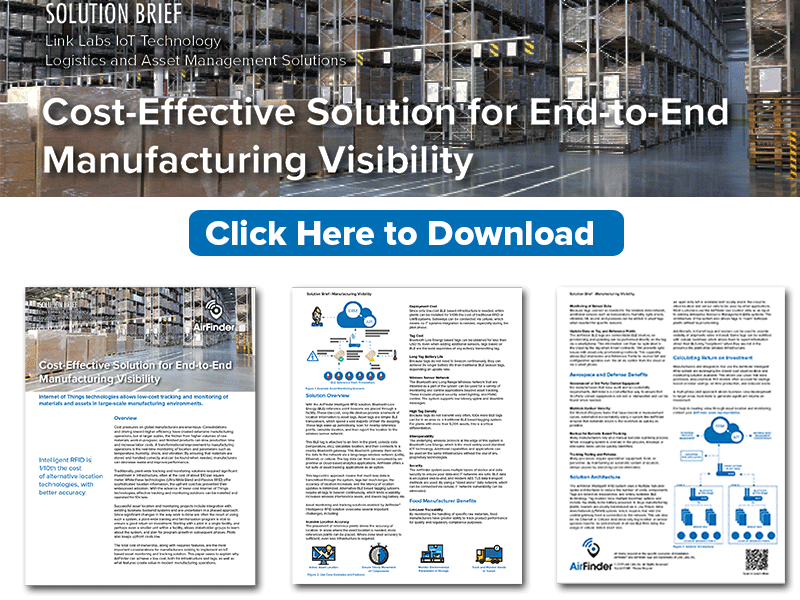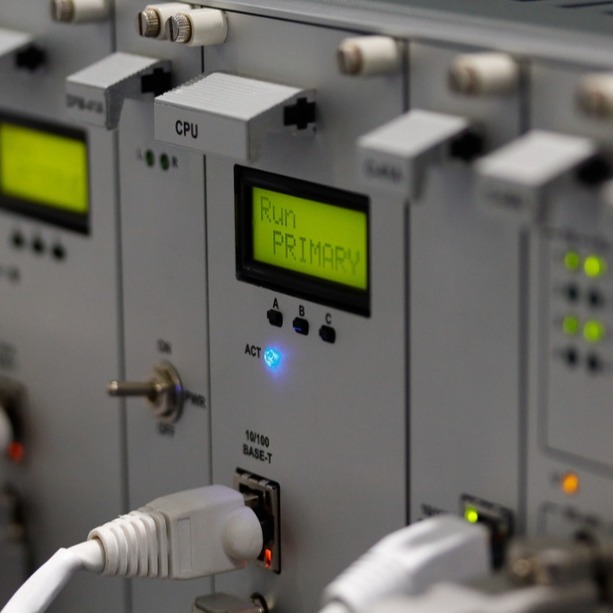If the term “wireless MODBUS protocol” doesn’t confuse you, it should! There is no such thing.
MODBUS, by definition, is a serial communication protocol, and the one of the most common standard in industrial automation and control. While there are a few workarounds for taking a MODBUS protocol to wireless, there isn’t a standard solution.
Below, we’ve detailed the three most common types of MODBUS-to-wireless conversions.
1. IP-Based Proxying
In IP-based proxying, a device listens to serial communications, packages the data, and transacts it over a TCP/IP routing scheme or local area network (LAN). That data is met via receiver on the other side and then proxied out via serial connection. This way, the data is transacted at a much faster speed. This is not a wireless solution per se, but can be accomplished using wireless technology.
Looking for a detailed explanation of low power, wide-area networks? Download this free white paper.
2. Direct Conversion To Wireless
Other solutions stay transact a nearly direct point-to-point conversion to wireless. In these conversions, the transmitter and receiver on both sides work together and create a half-duplex channel. In other words, they communicate back-and-forth to act similarly to a wired communication. There are all sorts of players in this space, like Grid Connect, that offer solutions for this type of IP-based proxying.
3. Protocol Conversion
Protocol conversion entails a device acting as an endpoint on MODBUS. This device transacts on a network on layer seven (the application layer), and that application control is then passed through a wireless system (like Symphony Link or cellular). That gateway then interfaces small amounts of data to some other application. In this kind of protocol conversion, MODBUS is manipulated by the slave device. This is common when you need to get data out of a MODBUS network.
Keep In Mind...
There is some hesitation in even creating a wireless-to-MODBUS workaround, which probably stems from the collision of two very different worlds: information technology (IT) and operational technology (OT). Thirty years ago, the internet wasn’t around but programmable logic controllers (PLCs) were, and they were controlling industrial processes. Those in OT believe all data should remain inside the organization and be focused on uptime, throughput, and generally keeping the business running. Those in IT are more interested in the security side, which in many cases involves updating software, firmware, or legacy machinery. Those in OT worry that IT departments cannot fully appreciate or understand the complexities involved in updating or changing one part of the control system, or how that a single change can have a negative impact on the business.
Proponents of the industrial Internet of Things (IoT) feel that more data can lead to the creation of more valuable processes, something that falls between the worlds of OT and IT. As this GlobalSign article explains, “...in more recent years we’ve noticed the scope of Industrial Internet has started to explode into more general Internet connectivity, as opposed to the historically closed systems that relied more heavily on physical security to ensure integrity. With this shift from closed to open systems comes an even greater interdependence and overlap between the two teams and a slew of new security concerns.”
Curious about how a MODBUS-to-wireless conversion could work for you? Let’s talk. 



